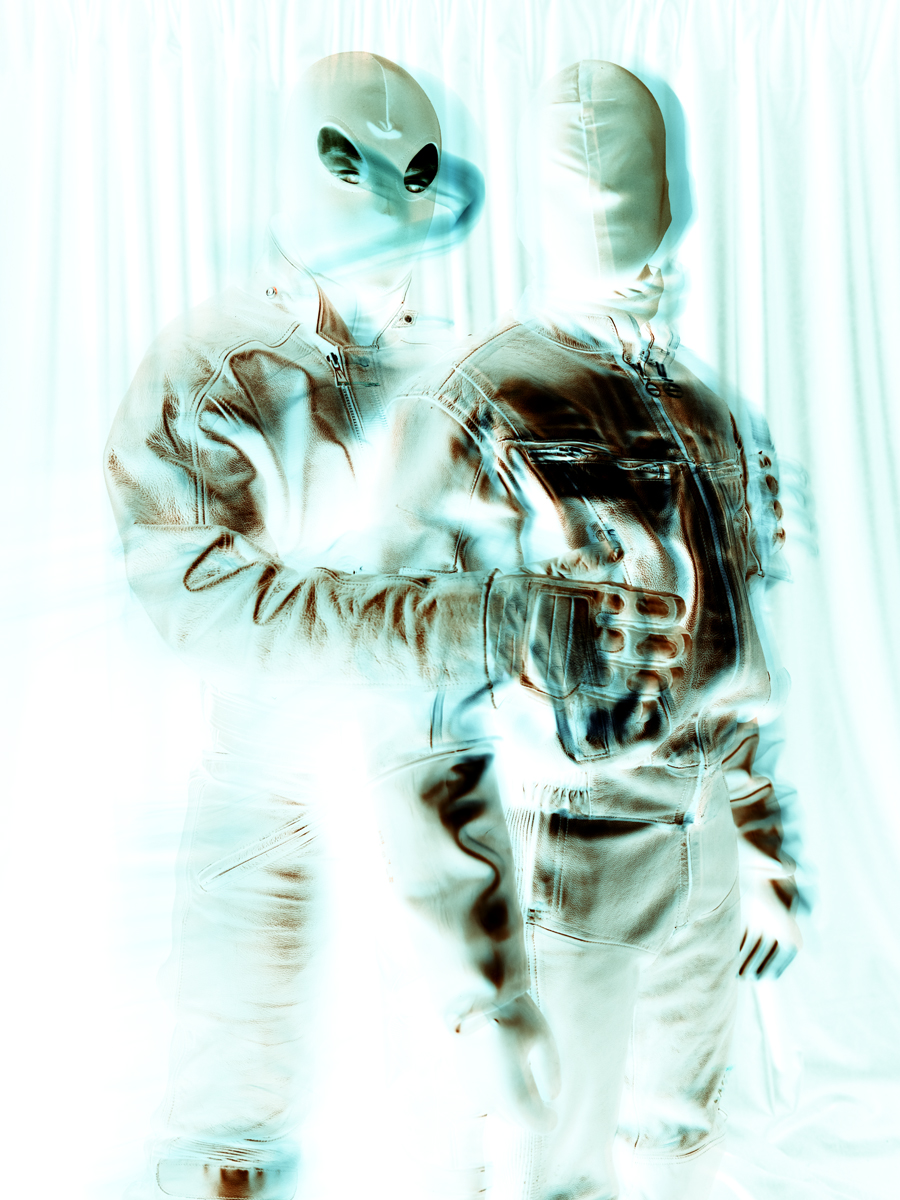
As we launch the 2025 FUTURES Residency Program, we are excited to introduce five talented artists whose work delves into the complex intersections of nature, technology, and the environment. These artists are pushing the boundaries of contemporary visual art and exploring pressing issues that shape our world today.
The selected artists are:
- Tim Rod
- Julius Thissen
- Bobby Shuk Pui Yu
- Michał Sita
- Ugo Woatzi
For the first time, the FUTURES Residency Program is expanding beyond Amsterdam. In collaboration with the Robert Capa Contemporary Photography Center in Budapest and ISSP Gallery in Riga, this expansion marks a significant milestone for FUTURES. The program continues to offer an invaluable platform for artists to research, create, and engage with the global visual arts community across Europe.
This year's residency theme will allow artists to explore pressing environmental issues and technological innovation, highlighting the vital relationship between our natural world and the evolving digital landscape.
.jpg)


Tim Rod’s Prophetic Futures explores the tension between progress and present-day challenges through the lens of his great-great-grandfather Ludwig Stein’s theory of Evolutionary Optimism.
Ludwig Stein (1859–1930), a Hungarian-born philosopher and former Orthodox rabbi, argued that social optimism drives progress. He contrasted the prophetic-biblical worldview—rooted in messianic redemption and future utopias—with classical and Oriental traditions that idealize rest. Though the prophetic ideal may be an illusion, Stein saw it as the driving force of progress.
The concept of Stein‘s social optimism and theory of progress can be critically examined today—especially in the tension between technological development, social justice, and ecological challenges. While the idea of messianic progress remains present in many societal narratives (e.g., the notion of technological utopia or infinite growth), we are simultaneously experiencing crises that call this belief in progress into question: climate change, social inequalities, and political instability.
Julius Thissen’s Bones of Graphene, Skin of Kevlar (2024–ongoing) delves into historical transgender resilience, beginning with archival research in New York on STAR and protests of the 1960s–70s. The primary focus is to visualize the impact of rising global far-right politics and sentiments, contrasted with the enduring resilience and fighting spirit of trans individuals across generations. In May 2025, Thissen will travel to Latvia to take part in the ISSP residency to further develop their research.
“With this work, my goal is to create strong contemporary transgender figures and symbolic still lifes that channel the ancestral power of our queer elders to push back against the dangers of our time. I want to capture and translate the tensions and threats we are facing. In a time marked by fear-mongering, media manipulation, attacks and bans on gender-affirming healthcare, and an increasing detachment from factual reality, it is vital to develop strategies for staying safe and resilient, without losing the ability to remain soft and true to who we are.”
.jpg)
Ugo Woatzi's project l’eau brille aussi la nuit:
For a time, in the Alzou Valley near the sacred shrine of Rocamadour in France, a unique community thrived, bound by a spiritual belief system intertwined with nature and magical transformation. At the heart of their faith was Alzou, the river deity and guardian of the valley. These inhabitants were fluid, hybrid beings, with bodies and genders shifting in harmony with nature's rhythms, the changing seasons, and the unseen spirits that shaped their lives. The valley was a living tapestry, where queerness, nature, and spirituality flourished together. But this delicate balance was shattered when enemy forces descended upon the valley, devastating the land and driving its people into exile.
In Curses, Human-faced Fish, Sadako Yamamura, Yu Shuk Pui Bobby explores how folklore and visual culture materialize collective fears and societal anxieties through the transmission of curses. Inspired by two iconic Asian narratives—the Taiwanese legend of the human-faced fish and Sadako Yamamura from Japan’s Ring—Yu Shuk Pui Bobby examines how fear spreads through storytelling and visual media, shaping self-preservation behaviors. Drawing on personal experiences with digital-era curses, the artist investigates how traditional folklore evolves in contemporary contexts. A central work, the video installation Human-Faced Becoming: Societal Demons, blends mythology, speculative fiction, and pop-culture critique, reflecting on identity transformation and commodification in both folklore and the entertainment industry. Photographs printed on porcelain crystal complement the installation, emphasizing the materiality and fragility of fear.
Oreum by Michał Sita and Anna Pilawska-Sita examines the relationship between architecture and its environment, focusing on military structures from Japan’s colonization of Jeju Island (1910–1945). It explores bunkers, naval and airplane hangars, and fortifications built deep within volcanic cones (oreum), which shape the island’s unique spatial character.
These structures blend into the landscape, transforming hills into fortresses and forests into camouflage. Though the environment appears unchanged, it is reoriented for warfare, integrating plant life into military infrastructure. The forest, paradoxically, becomes more effective as a defense system the wilder it remains.
Can the forest that has overtaken the old, abandoned bunkers still be considered part of the architectural landscape, reflecting its logic? Or should it be viewed as an autonomous entity that, through its very existence, resists any imposed architectural utopia? The true power of a place like the oreum may lie in the fact that it embodies a range of qualities that transcend the frameworks we attempt to apply to it.







.jpg)


%2520Unseen-campaign-2024-square-forweb.jpeg)


.avif)



.avif)

























.jpeg)





























.jpeg)



















.avif)






























































%252C%25202015.jpeg)

































